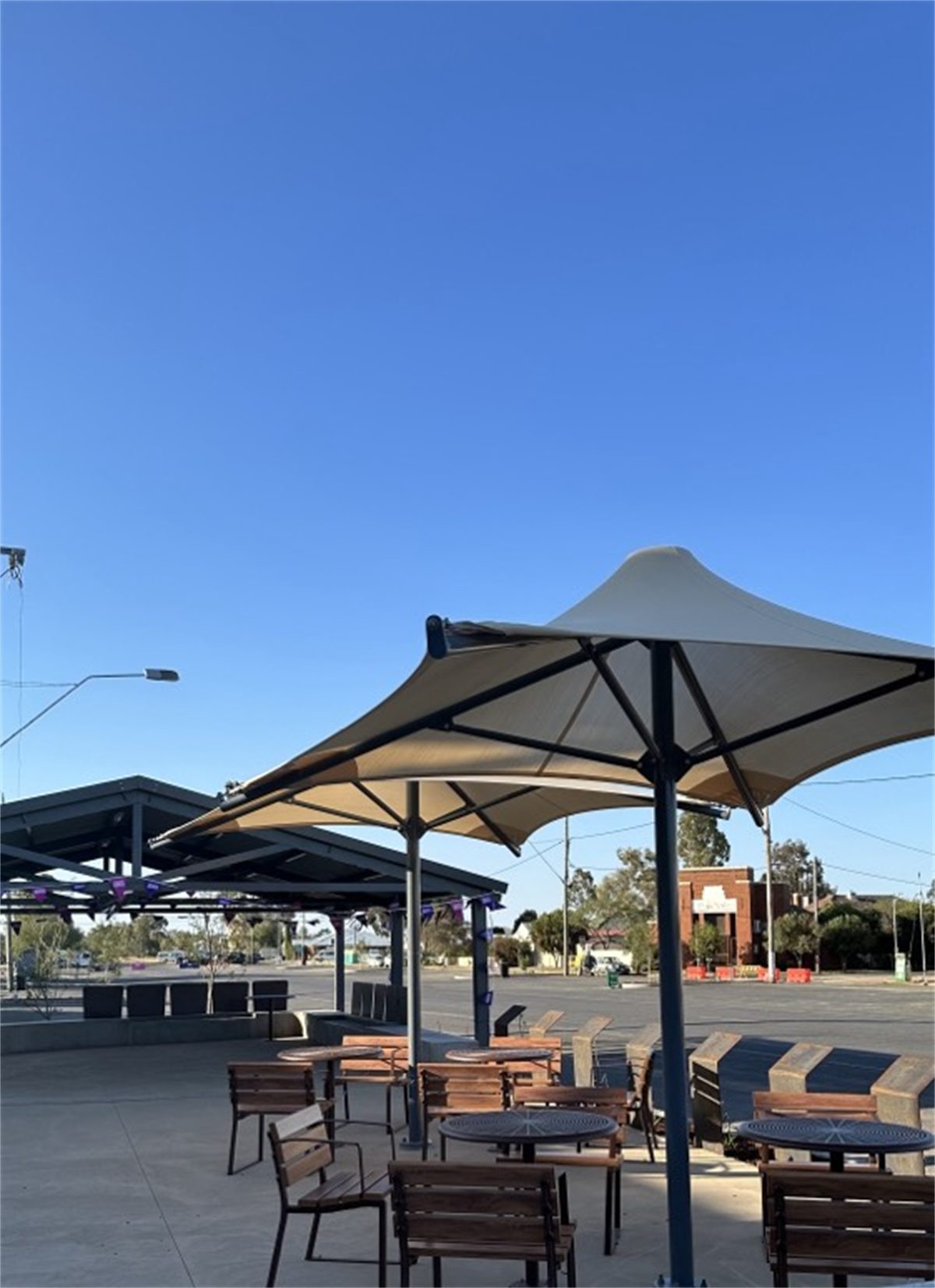
Key points:
|
The Australian Transport Safety Bureau has released the final report from its systemic investigation into a serious incident where a Malaysia Airlines Airbus A330 with 14 crew and 215 passengers on board took off from Brisbane Airport with no airspeed information.
Shortly after the aircraft arrived in Brisbane from Kuala Lumpur on 18 July 2018, a support engineer placed covers on the aircraft’s three pitot probes (airspeed sensors) to prevent them from being blocked by mud wasps, a known hazard at Brisbane Airport.
However, during the turnaround and before the aircraft departed for the return flight to Kuala Lumpur the covers were not removed. This was despite there being requirements for multiple walk-around checks by the aircraft captain, engineer and dispatch coordinator, all intended to identify unsafe conditions such as the fitment of pitot probe covers.
Consequently, the aircraft’s primary instrument displays showed red speed flags in place of airspeed indications from early in the take‑off, and the flight crew did not respond in time for the take-off to be safely aborted.
Once airborne the flight crew climbed the aircraft to 11,000 ft where they performed troubleshooting and other procedures, including shutting down the aircraft’s air data systems. This activated a system installed on some Airbus aircraft called the back up speed scale (BUSS), which displayed a safe flight envelope for flight crew to maintain.
Using the BUSS and airspeed management procedures, and assisted by air traffic control, the flight crew brought the aircraft safely back to Brisbane.
“At first glance, it may seem puzzling why multiple checks failed to detect the fitment of the pitot probe covers, or how the flight crew could complete take-off without any valid airspeed being displayed,” said ATSB Chief Commissioner Angus Mitchell.
“This led to the ATSB undertaking one of its most substantive and complex investigations in recent years.”
Mr Mitchell said the ATSB identified safety factors across a wide range of subjects including flight deck and ground operations, aircraft warning systems, air traffic control, aerodrome charts, and risk and change management.
“The investigation illustrates how a range of individually straightforward factors can combine to nullify multiple critical safety barriers,” he said.
On the night, several individuals from different organisations had separate, key roles in detecting aircraft damage or other unsafe conditions such as the fitment of pitot probe covers. However, these checks were omitted entirely or only partially completed, for a variety of reasons including inadequate communication and reduced diligence.
“Had all the relevant pre-flight inspections been completed, and conducted thoroughly, it is very likely that the pitot probe covers would have been seen and removed,” Mr Mitchell noted.
“It’s important to treat every safety-related task or inspection as though it could be the last barrier to protect against an accident.”
Malaysia Airlines had recently reintroduced flights to Brisbane, and although the wasp risk was identified, the use of pitot probe covers was not required or controlled. Shortly after the occurrence, the ATSB issued a safety advisory notice (SAN) to operators who fly to Brisbane Airport to consider the use of pitot probe covers and, where they are used, ensure there are rigorous processes for confirming they are removed before flight.
The ATSB also uncovered a range of deeper issues, including coordination among the involved organisations, that allowed front-line problems to emerge.
“Inconsistent approaches between multiple interacting organisations can have safety implications that are hard to predict,” Mr Mitchell observed.
For flight crew, the occurrence also highlights the importance of vigilance, communications, and decision-making in adverse circumstances.
The ATSB found that surprise, uncertainty, time pressure, and ineffective communication between the two pilots during the take-off probably led to stress and high cognitive workload. This reduced their capacity to interpret the situation and make a decision early enough to safely reject the take-off.
In response, the ATSB has issued a safety advisory notice (SAN) advising manufacturers and operators of all large transport aircraft to consider what types of unreliable airspeed events can occur, how the information is presented to pilots, and what responses are the safest in different phases of the take-off and in a range of potential situations.
All of the relevant organisations have contributed to the large number of safety actions taken in response to the incident and the ATSB’s investigation. For example, Malaysia Airlines now requires the placement of a placard on the flight deck as a visual alert that pitot probe covers are in place, and has introduced improvements to its change and risk management processes.
Airbus, meanwhile, has implemented additional flight crew training standards about unreliable airspeed on take-off, added guidance to the flight crew techniques manual on the importance of airspeed monitoring on take-off, and has commenced a review of airspeed indications in A330 and other aircraft types.
The ground handling and engineering companies involved in the incident have also made system and process improvements, and the airport information provided to pilots has been amended.
“The cooperation of all involved organisations has been very encouraging, especially the amount of safety action they have undertaken,” said Mr Mitchell.
“Many safety gaps have been addressed as a result of this extensive investigation.”
You can find here the report: AO-2018-053: Airspeed indication failure on take-off involving Airbus A330, 9M-MTK Brisbane Airport, Queensland, 18 July 2018
Last update 16 March 2022





